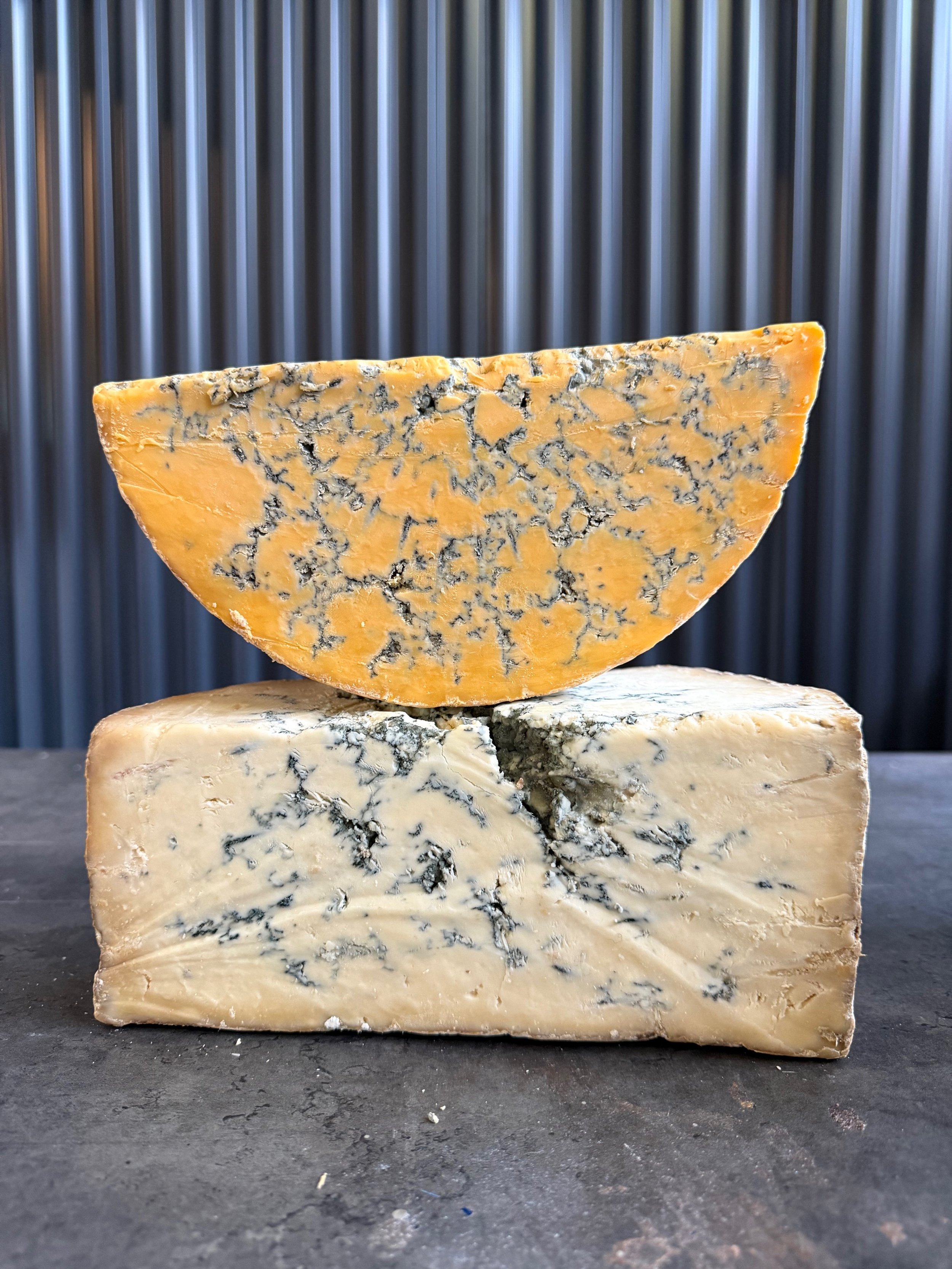Origin: Valais and Jura, Switzerland
Milk: Thermised or raw cow’s milk (seasonal and maker-dependent)
Rind: Washed, tacky orange, edible
Weight: Sold by the wedge (~200–500g); wheels ~6kg
Texture: Semi-firm when cold, molten when heated
Maturation: 8–12 weeks
Style: Washed-rind melting cheese
What It Is
Swiss Raclette is a traditional alpine melting cheese, crafted for open fire or table-top heater. Made from rich mountain milk, the curd is lightly pressed, washed in brine, and aged just long enough to develop a supple paste and mild rind flora—usually Brevibacterium linens and Geotrichum candidum.
It’s not intensely pungent. The wash is gentle, encouraging savoury depth without overpowering funk. Once warmed, the proteins uncoil and the fat melts clean—resulting in a texture that’s fluid but cohesive. This is cheese engineered for flow.
Taste and Texture
Rind: Thin, orange, slightly sticky. Grassy and yeasty on the nose.
Paste (cold): Supple, elastic, slightly pliant
Paste (heated): Glossy, pourable, clings like béchamel
Flavour Profile:
Sweet cream and cultured butter
Boiled potato, fresh hay
Light funk: brassica, sourdough starter
Nutty, mushroomy warmth with heat
Flavour deepens with melting as lipid-bound aromatics volatilise—yielding those roasted, savoury notes Raclette is known for.
Pairing Logic
Raclette is rich, gooey, and umami-loaded—pairings should cut or echo that heft.
Classic Pairings:
Dry white wine (Chasselas, Fendant, Riesling)
Swiss-style lager or wheat beer
Potatoes, cornichons, pickled onions, crusty bread
Non-alcoholic:
Tart green apple juice
Sparkling water with lemon peel
Cold barley or roasted corn tea
Avoid: bold reds or heavy tannins—they clash with the melt.
Serving Guidance
To melt:
Raclette grill or machine: heat the cut face until bubbling, then scrape
Oven or broiler: place slices over potatoes or bread, grill until soft and blistered
Skillet or sandwich press: low and slow to avoid oil separation
Remove rind or leave it—it’s edible and adds savour.
Storage
Wrap in waxed paper and store in an airtight container in the fridge. Once cut, consume within 10 days. If surface gets sticky or darkens, trim lightly—still usable for melt.
Waste-Conscious Use
Melt over roasted veg, polenta, or scrambled eggs
Grate cold into tart crusts or savoury scones
Use rind in onion soup or root vegetable broth
Cube into a fondue blend with Gruyère or Comté

